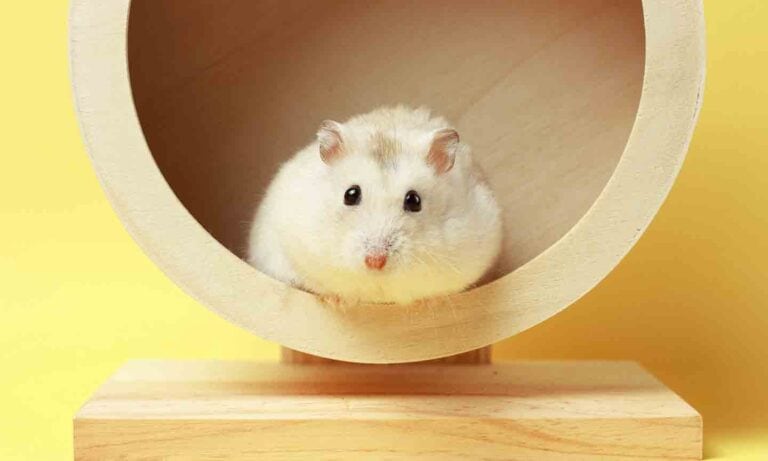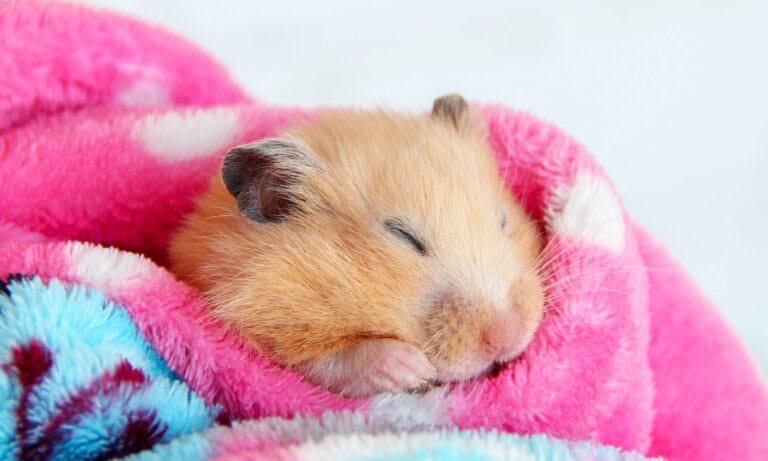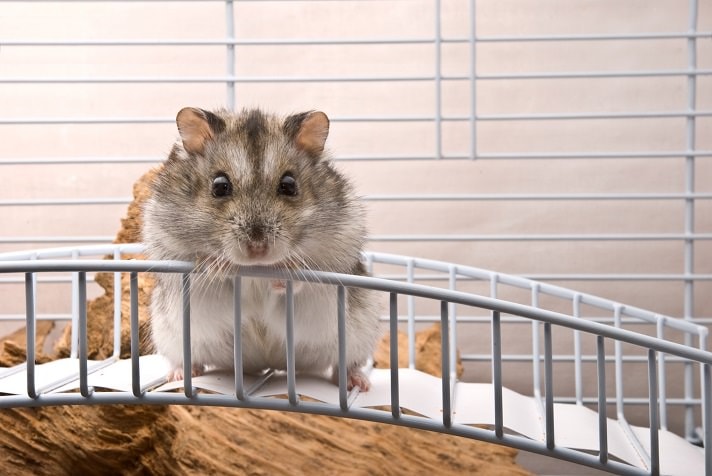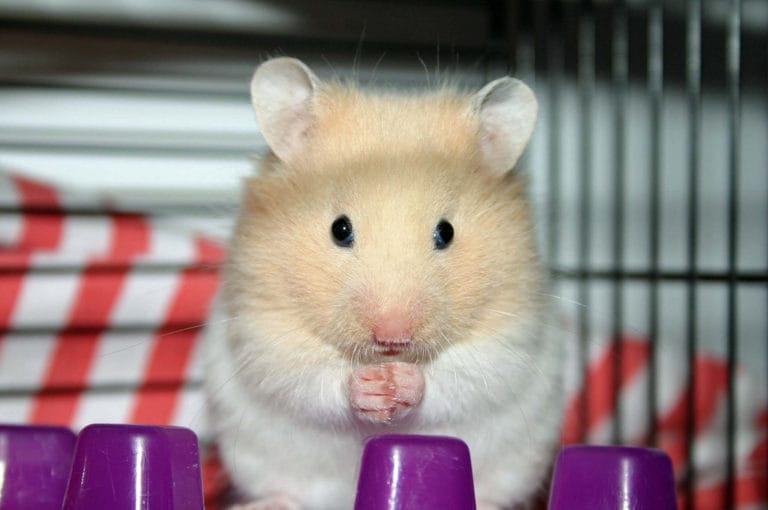Q.
My Winter White hamsters are acting really weird. They have been fighting a lot lately, making these squeaking noises. Recently the smaller one of the two, Peppermint, has been “attacking” the other, Marigold. Usually Marigold is on her back, and Peppermint is kind of clawing at her. Now, every single time Peppermint comes close to Marigold, she makes these really high-pitched squeaking noises, but the thing is Peppermint doesn’t seem to be touching her. Marigold bares her teeth and sometimes rolls onto her back, too.
These two are part of the same litter, and they have been together since they were born. When I first got them, they were fine with each other, with only an occasional small. Peppermint is minding her own business, and Marigold won’t stop squeaking. I’m really worried that something is wrong. I’m pretty sure they are the same sex, too.
A.
Dwarf hamster cagemates sometimes squabble, but it sounds like this may have gone beyond what is normal or healthy — or even safe.
Dwarf hamsters usually prefer to live socially, in pairs or small groups. But that’s not the case for every individual hamster, and it doesn’t mean that every pairing or small group will be a good match. Even if it has been a good match in the past, things change. There’s no failure in having to separate a pair of dwarf hamsters.
Normal squabbling is about dominance. It’s a matter of one hamster putting the other in her place. It shouldn’t be intense or scary, and it must never be allowed to escalate to the point of injury. When a hamster harms another, the relationship is probably not salvageable. At that point, the next squabble could be dangerous.
Dominance displays are brief, and become less frequent over time as the relationship becomes clear and stable. The hamster on top should release the hamster on the bottom shortly after the bottom one stops squeaking and/or struggling. At that point the top hamster has asserted dominance, and that should be the end of that engagement. There should be no biting, no chasing and no attempts to corner one another to prevent escape. Biting and chasing aren’t normal dominance displays — they’re bullying.
A bullied hamster is one that isn’t allowed to eat, drink, sleep, exercise or rest freely without fear of injury. She may become withdrawn, lose or gain weight, stop playing or even become aggressive in hand. All of these are signs of severe distress. A bullied hamster needs relief. A solitary life is much happier than a bullied one.
Hamsters that bully aren’t bad hamsters. They aren’t behaving normally, and that’s probably because they aren’t feeling content or secure either. A relationship that has dissolved into bullying is broken.
If you aren’t seeing any bullying and there’s no injury, then watch closely, but don’t act on normal dominance displays. Don’t pull them apart, for example. Don’t separate them for a while and then put them back together. Well-intended interference like this is confusing and can escalate things.
If you’re not sure whether your hamsters are happy together, watch their quiet interactions. Healthy pairs usually spend at least some time each day sleeping, playing and/or eating together. If they aren’t enjoying one another’s company in any meaningful way, the relationship may not be worth saving, particularly at any risk to either hamster.
If all appears safe and you want to help ease tensions in the hamster cage, you can try giving your hamsters two wheels, hamster toys, two bottles and two hamster food dishes placed far apart from one another. Handle both hamsters together instead of either one separately so that they always share the same scents. Reduce other stresses by keeping the light/dark and noisy/quiet times of day consistent.
For safety, make sure there’s no place the hamsters can trap one another. Long stretches of tubes should have extra exits midway. Boxes or houses need at least two exits, and no way for one hamster to block both of them at once.
You’re doing very well to watch so closely and care so much about their well-being. Lots of pairs erupt briefly and then settle things. But you can only do so much to help. The rest is really their choice.
I’m sure you want to do whatever gives them the best quality of life. If that’s living separately, they’ll both still enjoy time playing with you. It’s important to know, however, that separated hamsters must stay separated. There’s no halfway. They will not live together, play together or visit. They don’t have instincts that make these kinds of social arrangements safe.
By: Martha Boden
Featured Image: songphon/iStock/Thinkstock
Share:








